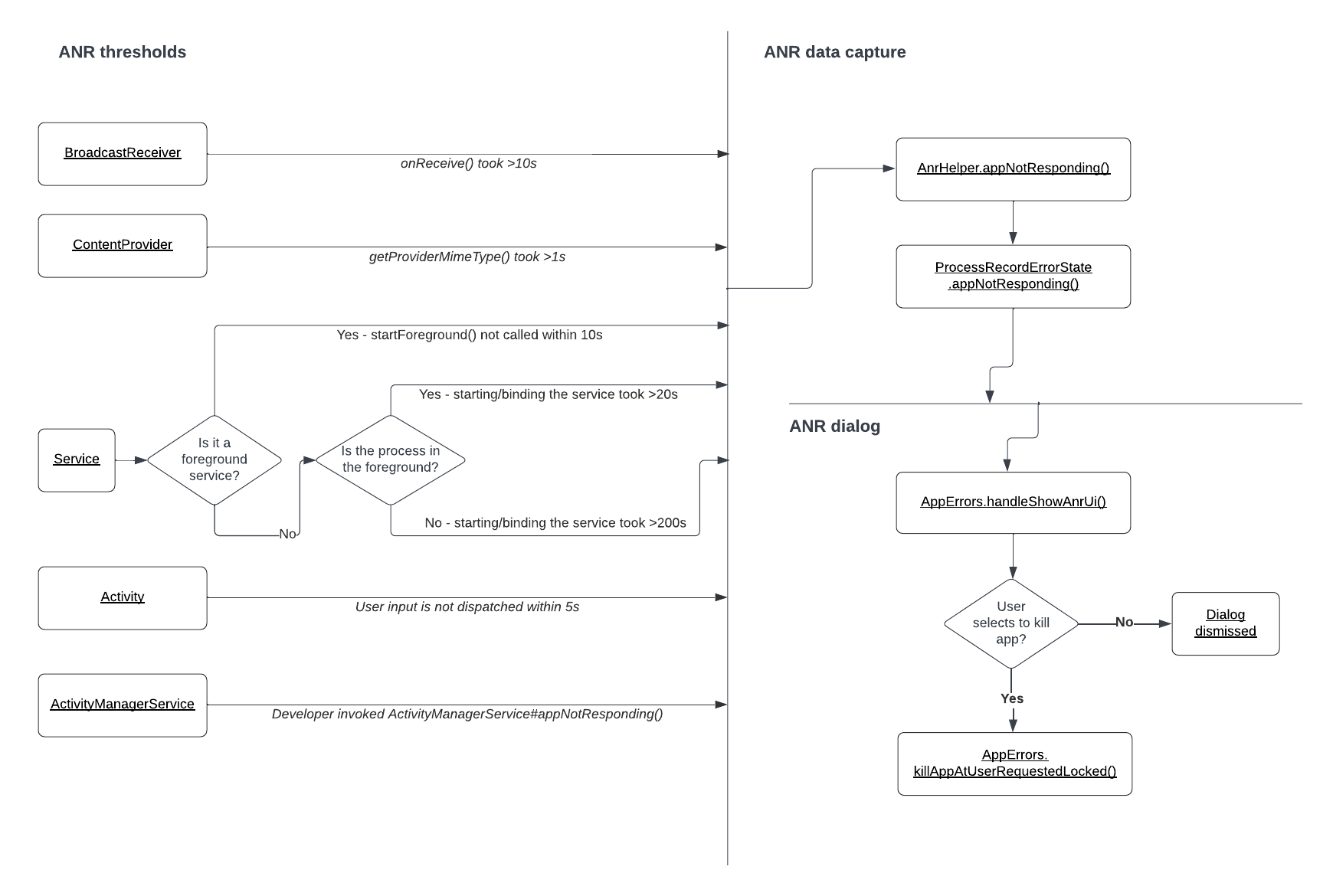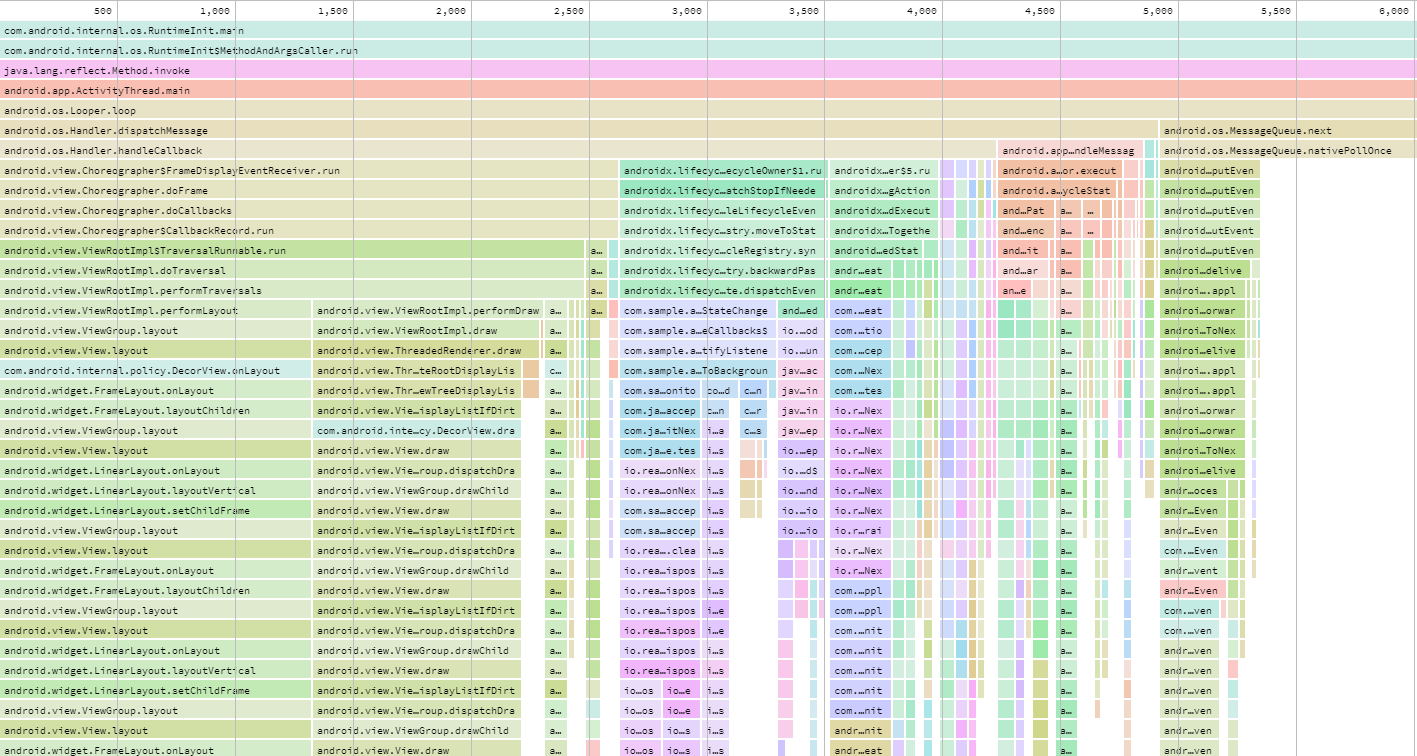
Here’s everything you wish you knew about ANRs.
This is your opportunity to get a wider picture of ANRs so you can better understand how your code is resulting in frozen user experiences. After all, there’s a lot more to eliminating ANRs than just preventing the main thread from being blocked for 5 seconds.
Google Play Console stack traces frequently point to code that was not responsible, which leads to endless dead ends and frustration. In addition, the Android documentation does not spell out all the time thresholds that cause ANRs to be triggered at the OS level.
In this webinar, we’ll take a deep dive into how ANRs are monitored, processed, and triggered at the OS level, providing mobile engineers with a better understanding of how they can protect their apps from ANRs:
- How the OS triggers ANRs in Activities, Services, BroadcastReceivers, and ContentProviders
- What data is collected by the OS for each type of ANR
- Why Firebase Crashlytics and Google Play Console display different ANR data
- What are the different approaches to detecting ANRs in production
- Embrace’s approach to solving ANRs via stack trace flame graphs
Speaker

Jamie Lynch
Mobile Architect, Embrace

Overview on ANR timing thresholds on Android

Embrace ANR stack trace flame graph
